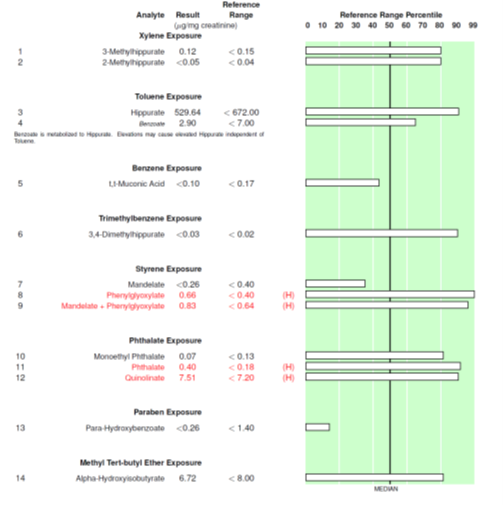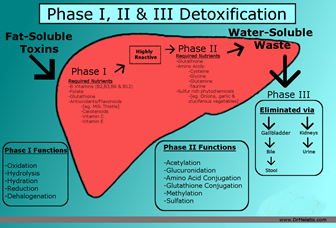4 Questions On NAD/NADH Testing Answered
Unlocking the Secrets of Cellular Energy
2 min read
![]() Dr. Chris Meletis, ND
:
January 11, 2021 at 3:12 PM
Dr. Chris Meletis, ND
:
January 11, 2021 at 3:12 PM

2020 was riddled with forest fires (benzene and other exposures), COVID-19 worry, home quarantine, inhalation of more indoor air pollution, and geopolitical stress culminating in a massive allostatic burden and disruption of collective homeostasis.
We have been sequestered away in our homes and virtual offices with increased indoor air pollution toxins, including parabens and other environmental pollutants like toluene, benzenes, phthalates, etc. Before the COVID-2020 saga, the EPA reported that Americans spent approximately 90 percent of their time indoors, leading to 2 to 5 times higher exposure to cleaning supplies, carpets, furniture, paints, insecticides, and other noxious chemicals.
To make things worse, the home improvement stores have never been busier with DIY remodeling projects, the creation of household gyms, and more, and brought new building materials, rubber mats, etc. as sources of chemical off-gassing. Combine these extra burdens with the temptation of stress eating, and many of my otherwise stalwart patients gave in to the unrelenting additional novel world events. Knowing these environmental pollutants serve as direct cellular disruptors and/or xenoestrogens, I find performing an EPP (environmental pollutant panel) invaluable, so I can support safe and targeted detoxification.

Even more important as people look to shed the extra pounds of 2020, grimly referred to as "Covid Poundage," as with successful weight loss, fat-soluble toxins come released in addition to daily exposures risking overwhelming Phase 1, 2, and 3 detox pathways.

I have created a 2021 wellness initiative that I have called “Restore and Enhanced 2021 Wellness” testing protocol. I have packaged the Organic Acids Testing (OAT)/EPP testing as referenced above with the expanded 208 Food Sensitivity Panel. Many patients have been making their dietary choices based on 96 food panels. The newer 208 panel includes numerous botanicals and spices and countless other potentially problematic foods that were not previously available. The laboratory data set will also provide me insights into how their immune system and GI tract permeability have changed regarding resilience and susceptibility to food antigens.

Providers and patients alike that survived 2020 intact must now proactively, much like an onion, shed the layers of physiological and biochemical disruption in a safe, informed, and methodical fashion. May we all play a role in bringing back the vibrant level of health and wellness that our patients were diligently attaining and allow them to flourish at a higher resonant level than ever before.
References:
https://www.epa.gov/report-environment/indoor-air-quality
U.S. Environmental Protection Agency. 1989. Report to Congress on indoor air quality: Volume 2. EPA/400/1-89/001C. Washington, DC.
U.S. Environmental Protection Agency. 1987. The total exposure assessment methodology (TEAM) study: Summary and analysis. EPA/600/6-87/002a. Washington, DC.
U.S. Environmental Protection Agency. 1997. Exposure factors handbook volume 3: Activity factors. EPA/600/P-95/002Fa. Washington, DC.

Unlocking the Secrets of Cellular Energy

Short chain fatty acids (SCFAs) are organic acids produced by bacterial fermentation of dietary fibre and resistant starch. Enterocytes and...

Zonulin has emerged as a popular marker to assess the integrity of the intestinal mucosal barrier. Discovered by Dr Alessio Fasano, Zonulin...